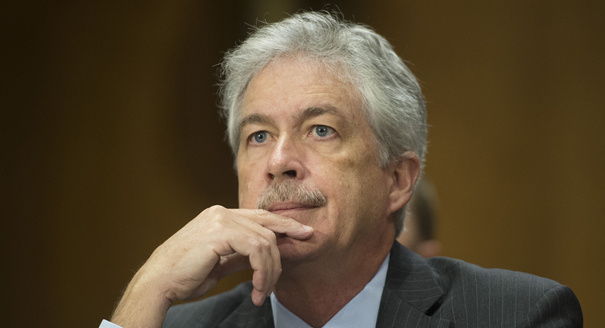Iran-US Objectives behind Bilateral Talks

-Confidence-building measures are discussed between Iran and the P5+1. A calmer and friendlier atmosphere is needed so that both sides would be able to talk about their problems.
-For example, the other party needs to hear from Iran whether Iran’s nuclear program is peaceful or not.
-Since 2001, the US has expressed certain claims against Iran with regard to its nuclear program and this country has had the most doubts in this regard which, of course, is natural; because when two countries do not have diplomatic relations, they hold the other responsible for every incident that happens.
-Therefore, the objective behind the Iran-US negotiations held before the official negotiations between Iran and the P5+1 is not related to the bilateral relations but rather to accurately understanding each other’s intentions.
-For example, the US might discuss some issues which the Iranian party needs to hear directly from them so that it could better understand these problems. The US also needs to realize that what Iran proposes in the negotiations with the P5+1 is the same as what they propose in friendlier negotiations between the two sides and know if Iran has other problems which are not discussed in negotiations with the P5+1.
- This is common in all international negotiations wherein the two parties which have the most problems with each other negotiate separately. Thus, these negotiations are aimed at better and more accurately understanding the intentions and objectives of the other party because these intentions cannot be understood through official statements.
-Mr. Burns’ background shows that he is a logical and positive person and does not seek excuses but he has to propose the US’ policies.
-Therefore, one could find out at the end of these negotiations whether the intentions and policies of the US are positive as well or whether Mr. Burns himself pursues a positive policy.
-If we intend to judge the US administration’s policies until now, we must say that the US seeks to peacefully resolve the nuclear issue and has never moved towards bringing excuses in this regard.
-There are two reasons behind the promotion of the level of the US negotiating team; one is that the task has reached a point where the US has realized its significance, thus, a higher-ranking person participates in the negotiations. The second reason is that the lower-level negotiating team might not be able to explain Iran’s intentions and, thus, the US enters a higher level of negotiators in order to accurately understand the intentions of the Iranian party. Therefore, it is possible one day for Mr. John Kerry himself to enter these negotiations and talk directly with the Iranian team and then report to Obama.
-This means that if this task reaches a point where the other party feels that the issues are not well understood at the lower levels or is not able to take enough confidence-building measures for Iran, then it will send its higher-ranking official to assure Iran of the US’ intentions and objectives.
-Therefore, when the Iranian party hears these statements from a higher-ranking official, it will give more value to it.
-On the other hand, certainly the more the task reaches its final stages, the more the other party would attempt to show that the issue is important and that it is not negotiating only for the sake of negotiations. The promotion of the level of the negotiating team indicates that negotiating with Iran with regard to its nuclear issue is important for the US.

